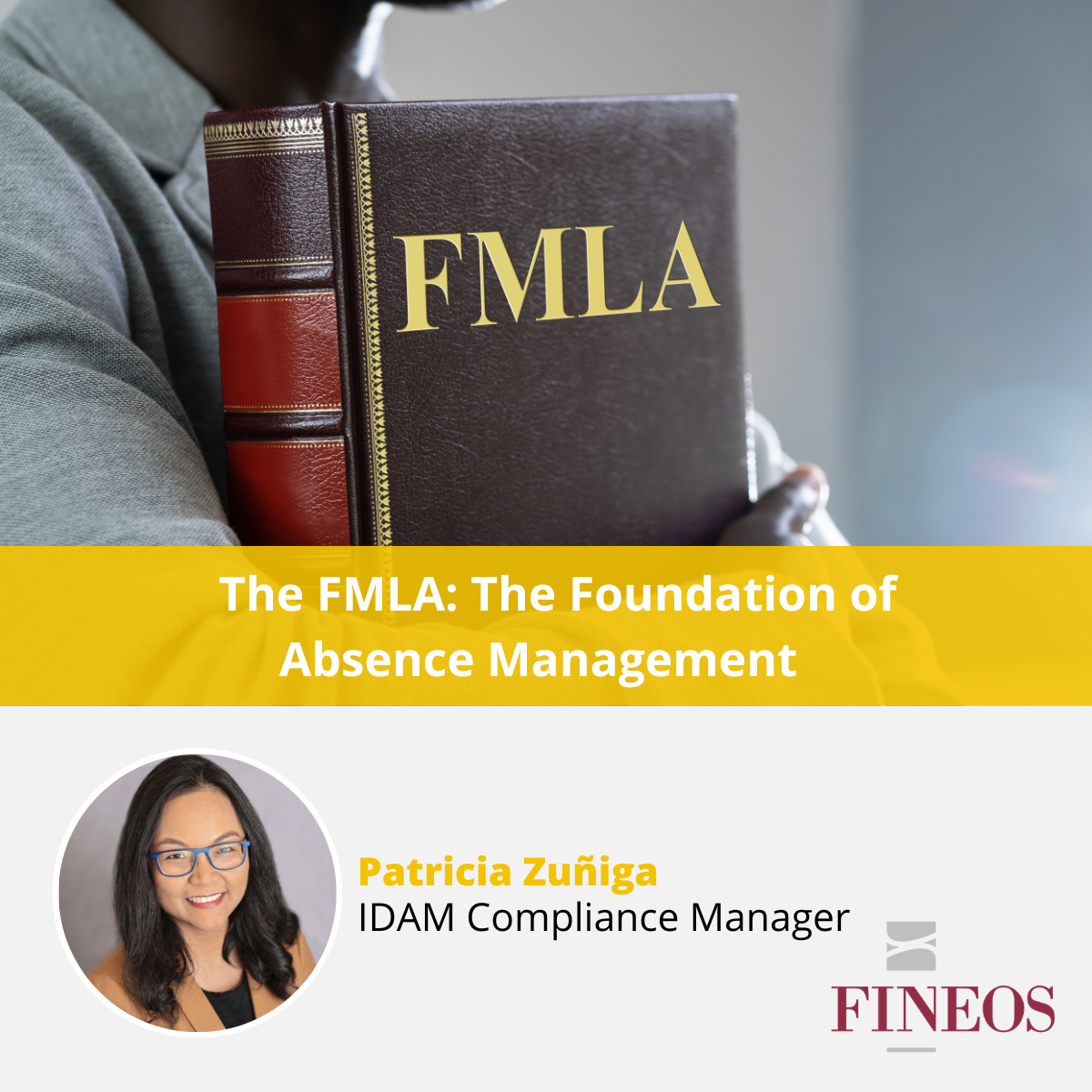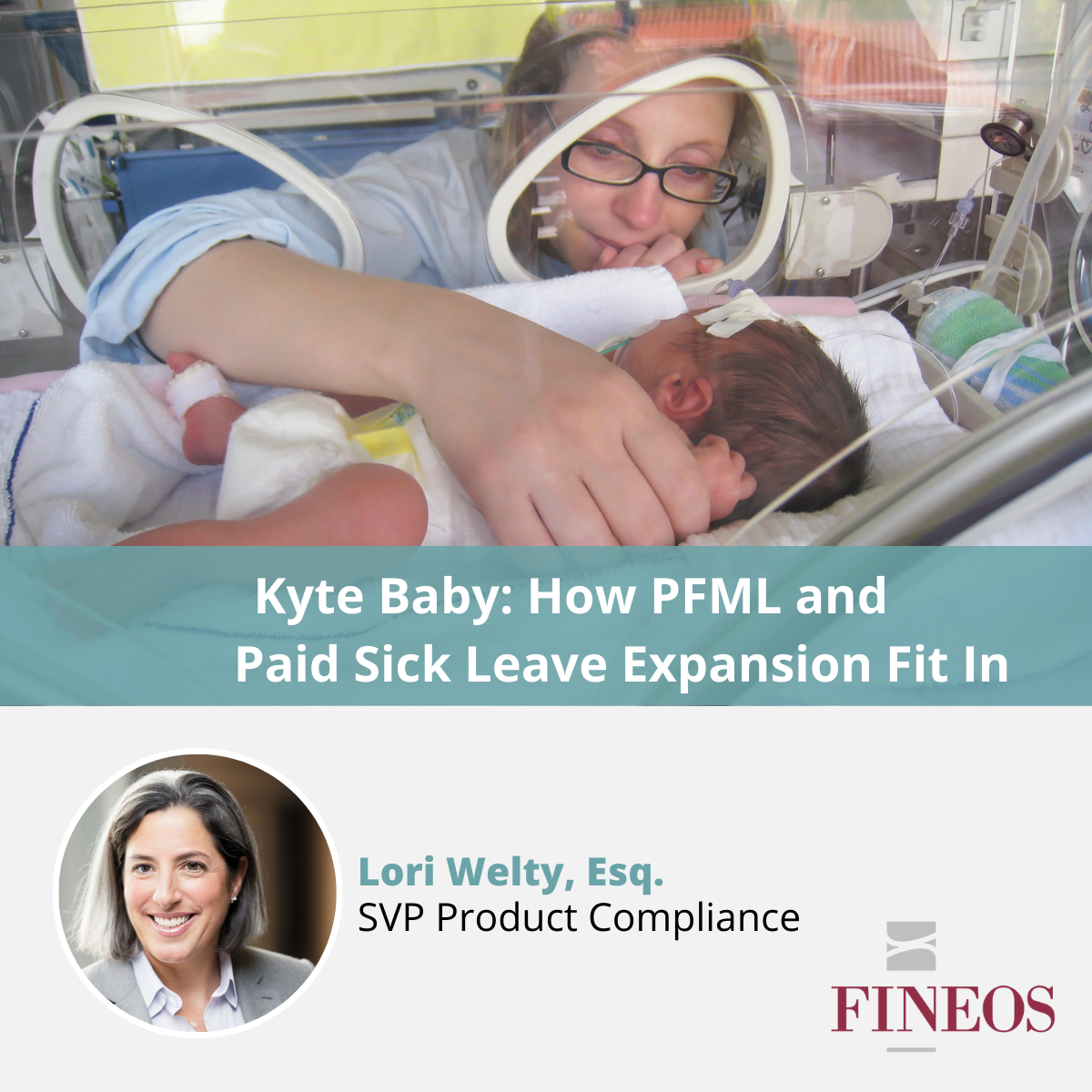Graham Newman, European Product Marketing Manager, FINEOS
I closed the last blog with a summary of why dealing with claims fraud is difficult. There are many reasons, but from research and talking to many claims professionals the primary reasons that surface time and again are:
- Cost
- Staff, resources and the energy needed
- Return on investment
- Risk of false positives
- A problem with public attitudes
So, let’s take the obvious questions first:
“Are there solutions at hand?” And . . . “Should I bother with them?”
Well, 98% of those Americans in that survey, (Source: Accenture study, 2010: ‘The Insurance Consumer Fraud survey’), said, “It is important for insurers to investigate fraud”.
That’s alright then. Actually, it’s very encouraging. A whiff of “Show me that it’s wrong – that you take it seriously, and I’ll stop thinking it’s OK to get away with it”.
A brief search through the types of solution available to deal with fraud yields an encouraging array:
Fraud Analytics
Modern fraud analytics solutions are able to search huge volumes of data, employing profiling to model the behaviour of groups or individuals. Clustering identifies abnormal groups of claims. For instance, a 20-year-old driver with a Porsche might warrant a closer look.
Predictive Modelling/Advanced Analytics
In recent years, many insurers have turned to predictive modelling processes, reducing the need for tedious hands-on account management.
External Database Searches
Claims that have been selected may be subject to searches and matching against external databases which may hold details of convicted fraudsters. Claims operations can submit summary data and have the external database operator check for previous suspect activity, suspicious patterns etc.
These can be very powerful, but are dependent on you flagging the right claims in the first place.
Of course, they only work if you can find a match in a third party database. Your claimant may not be on it. Plus – a positive finding does not indicate fraud.
Anomaly Detection
Key performance indicators associated with tasks or events are defined, thresholds set and then, when any are exceeded, the event is reported. Outliers or anomalies could indicate a new or previously unknown pattern of fraud. In its favour it’s straightforward, easy to implement and useful for evaluating individual performance and identifying employee training opportunities. On the down side it can be difficult to determine what to measure, what time period to use and the appropriate threshold levels to set. Set them too high and you get too many false positives; too low and it’s simply not effective.
Business Rules and Database Searching
Rules-based systems test each transaction against a predefined set of algorithms or business rules to detect known types of fraud based on specific patterns of activity. These systems flag any claims that look suspicious due to their aggregate scores or relation to threshold values.
E.g.
- Type of claim exceeds a specified amount.
- Third party is a hire car/rental vehicle
- No evidence of forced entry
- No third party witness or police report
- Excessive personal injury or property damage for the nature of the incident
- Claimant has been unusually active in claims recently
- Recent policy change that happens to coincide with the claim
- Several versions of the incident that do not tally with each other.
Claims that are flagged are then investigated more thoroughly. The efficacy of this depends on so many variables:
- The acuity of the claims handler to notice the reason to trigger a flag
- The procedures for follow-up; distribution of work, escalation when the evidence mounts or exceeds a threshold, the summation of all the little triggers – do they amount to nothing? Do they amount to acclaim that is a bit suspicious? Very suspicious? Who is best qualified to investigate the claim? What levels of authority are required to investigate, to escalate, to approve?
- The burden of work – and responsibility – is ALL on the overworked claims adjuster.
Just an aside – If this is the way you deal with these claims – how much training and investment do you give to the people at the front line making all these decisions?
Diligent adjusters may flag too many – false positives. What can you do about it? How do you rectify this anomaly – granted that you can first identify it?
That’s why automated triggers are better – where they score better and are ultimately more efficacious.
Social Network Analysis
Social network analysis has proven effective in identifying organised fraud activities by modelling relationships between entities in claims.
Entities may be defined as:
- Locations,
- Service providers,
- Telephone numbers
- Vehicle Identification Numbers
- Etc.
They can link frequencies, large volumes, unusual patterns. For example social network analysis might show a high-activity account with links from many accounts, or a low-activity account with strong links to a master account. It might reveal multiple claims in a short period of time from related parties, such as members of a single family, or the classic ring associated with staged accident scams.
Social network analysis can be fully automated, with the system continuously updating the interrelated networks with new claims and policies and re-scoring for fraud.
If a network score indicates fraud, then this can be used to flag the new claim as it is notified and the system matches it to the network. Investigators can search across the full customer base of claims and policies in seconds and turn up visual indications of connections and overlaps among them.
However, a skilled analyst is needed to put all the pieces of the puzzle together.
Text Mining
The claims process collects and generates large volumes of text-based information, such as adjuster notes, emails, customer service calls and claimant interviews. In fact, unstructured data can represent up to 80 percent of claims data.
Text mining software accesses the unstructured text, parses it to distil meaningful data and analyzes the newly created data to gain a deeper understanding of the claim.
E.g. Scripted comments in auto-accident claims. It would be a little suspicious if multiple claimants, allegedly unrelated, all say exactly the same thing.
The Spectrum of Detection
The spectrum of detection follows the spectrum of fraud, from personal fraud at the individual opportunistic end, whose characteristics are high volume and low loss through the criminal offender up to the organised criminal gang with its low volume but high loss impact.
Even with all of the possible ways of detecting fraud listed above there is no one, bullet-proof, cast-iron, any-other-cliché fraud detection technique. Multiple techniques, working together, give the best chance of detecting and defeating fraudulent claims. Different techniques are effective against different areas of the spectrum of fraud. The one I want to focus on is the set of techniques under the banner of Business Rules. One of its drawbacks is that it depends on human detection – intuition, lots of manual searches through past records and relies on the individual’s personal judgement to select potential fraudulent cases.
However . . it can cover 2/3 of the potential fraud spectrum, so, it can have a high return if you can overcome its inherent problems.
In this wise we should view it as the First Line of Defence.
I’ll deal with this in my final post this week.


